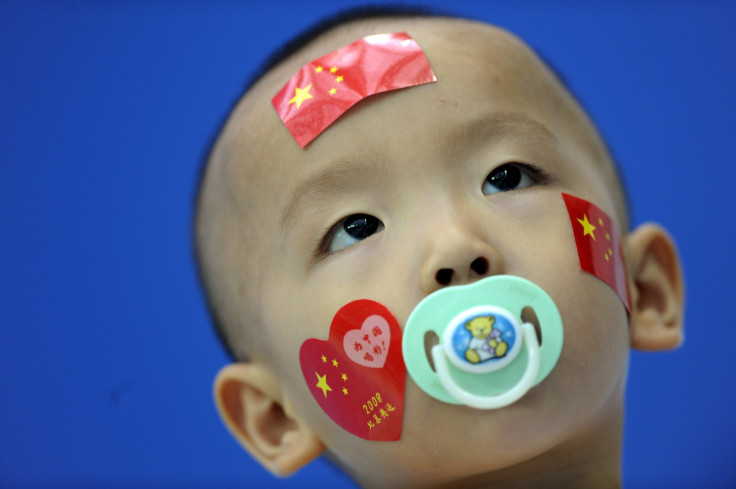
China’s authoritarian government saw a lot of positives in the 1970s. The economy boomed thanks to its side-hug embrace of capitalism. Mortality rates dropped thanks to improved living conditions. Life expectancy leaped as modern medicines, and more less children died shortly after childbirth. But Chinese leaders also saw a looming problem: with more resources and less infant mortality, Chinese families were starting to have a lot of children.
Looking to countries like the United States and United Kingdom, Chinese demographers saw a clear trend. As countries developed, they hit a point where deaths were low, but births remain high. Think Mexico in the 1980s or Niger today, where many mothers had 3,4 or 7 kids.
Chinese officials feared that a population explosion might outstretch the country’s carrying capacity, leading to a situation where it simply didn’t have the resources to support its citizens. They wanted China to skip the 1980s Mexico stage of development and jump right to the “Norway” stage.
In 1980, around 3 children were being born for every two women in the country. Population growth there looked like a steady, upward line, while in Mexico it was a volatile Nike swoosh. Free from the political pressure of a Democracy, Chinese officials decided to do something really radical, and really unpopular.
They announced that it would do just about everything in its power to prevent couples from having more than one child. To enforce this policy, it created a system of incentives and disincentives to force families to comply. Every birth had to get a permit.
At it’s best, the government rewarded first children with everything from cash rewards to free school and healthcare. Second children earned their families fines and were barred from social services like healthcare. Sometimes the first child’s privileges were revoked.
At its worse, officials forced sterilization, abortions and other measures. In general, China’s family planning policy completely disregarded the Western-style notions of human rights. Volumes have been written about the other extreme practices that ran rampant in the country’s first overzealous execution of the One Child policy.
READ MORE: China 'One Child' Policy: 6 Total Crazy Problems It Created
Many of the problems created by the One Child policy were eventually answered with reforms (they didn’t always work). Couples aborted female fetuses because they wanted at least one son, a key in China’s patriarchal culture. The government banned ultrasound, tried launched pro-girl propaganda campaigns, and allowed couples to have a second child if their first was a girl.
Family structures became decimated as a second generation of children didn’t have aunts or uncles. The government allowed single children to have two kids. Rich people argued that they could support larger families. The government kept up with the fines, and stopped forced sterilizations.
Finally, the government announce this week that it will be switching to a “Two Child” policy, to combat another foreseen demographic challenge: an aging population and a shrinking workforce.
Ironically, some economists say that the easing of restrictions might not fuel a spike in births. A totalitarian government might be able to abort births and impede pregnancies, but it can’t inspire couples to conceive.
Other countries dealing with low birth rates have tried to inspire couples to conceive and failed. Iran is trying to ban birth control. Singapore produced rap songs. Japan has given up on fertility and is arming its aging workers with creepy robotic exoskeletons.
© 2025 Latin Times. All rights reserved. Do not reproduce without permission.



